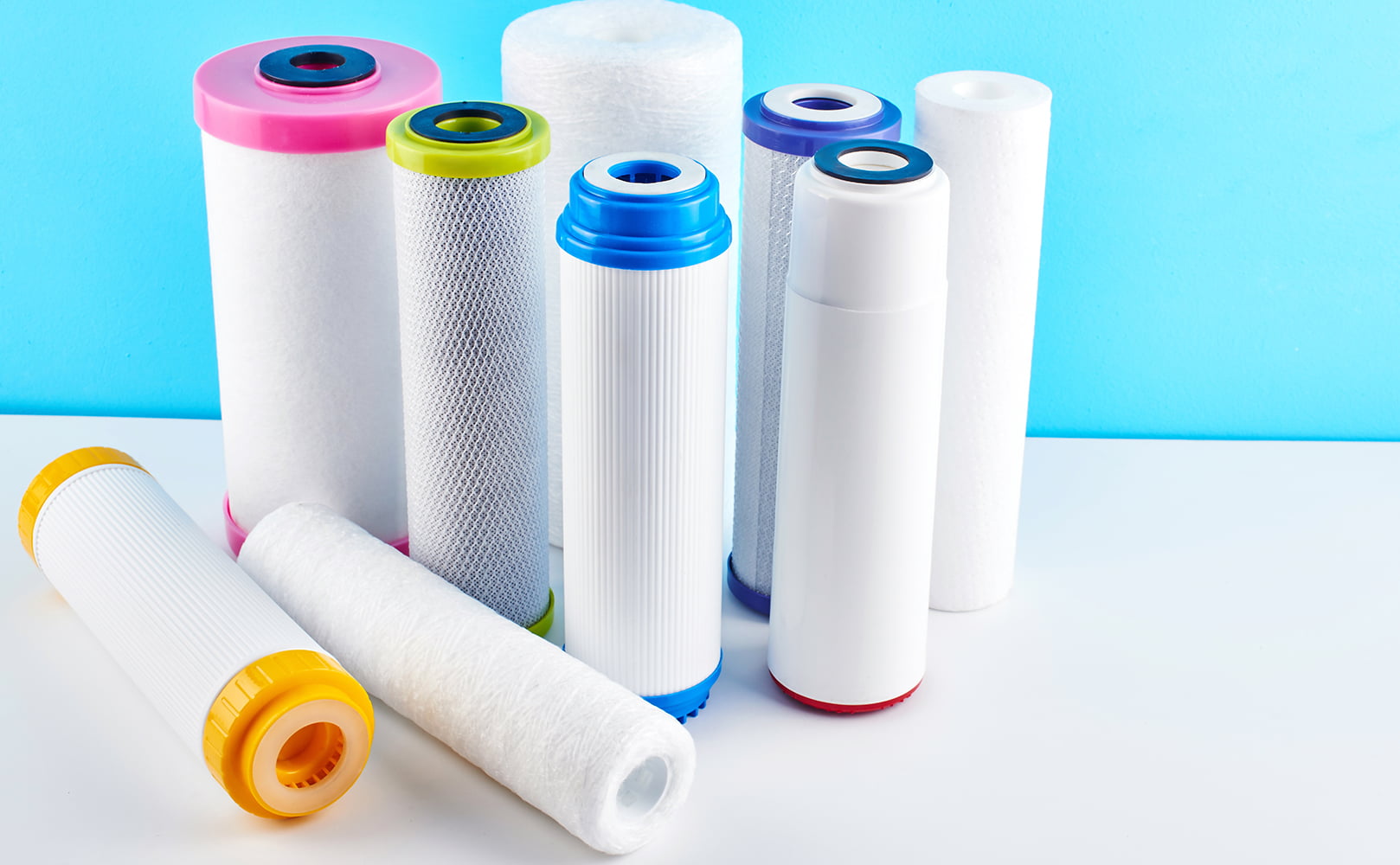Water Filters That Do NOT Remove Fluoride? Learn More Here!
Written by: Gene Fitzgerald // Last Updated: Oct 12, 2022
This page may contain affiliate links. If you buy a product or service through such a link we earn a commission at no extra cost to you. Learn more.
There are several different types of water filters are available.
Some are designed to remove fluoride, while others don’t.
This article discusses the latter: Water filters that do NOT remove fluoride.
Key Takeaways
- Sediment filters, activated carbon filters, catalytic carbon filters, ion exchange filters, KDF filters, oxidation filters, ultrafiltration, and UV water purifiers do not remove fluoride.
- Water treatment methods that do remove fluoride are reverse osmosis, water distillation, and activated alumina and bone char filtration.
Types of Water Filters That Do Not Remove Fluoride
The only water treatment methods suited for removing fluoride are
- reverse osmosis,
- water distillation,
- activated alumina filtration,
- and bone char filtration.
All other types of water filters/filtration methods do not remove fluoride.
You should note that although they are not effective on fluoride, they may still filter out other, perhaps more harmful, impurities and contaminants.
Sediment Filters
These filters remove larger particles from water, such as sand, dirt, or rust. They work by trapping the contaminants in a mesh or paper filter. Because fluoride particles are much smaller, sediment filters will not be able to remove them from your water.
Sediment filters are usually used as a pre-filter to remove larger particles before they reach the primary treatment stage. They can help prolong the life of your other filters and improve the overall quality of your water. While sediment filters are inexpensive compared to other filters, you’ll need to replace them more often.
Activated Carbon Filters
Activated carbon filters are one of the most popular types of water filters. They adsorb numerous contaminants onto their surface.
Aside from effectively removing many contaminants, including chlorine, pesticides, and volatile organic compounds (VOCs), these filters eliminate bad odor and taste from water. However, they are not recommended for removing fluoride.
Catalytic Carbon Filters
Catalytic carbon – a specific chemical process alters the carbon’s structure and increases its catalytic capability.
Catalytic carbon filters effectively remove chloramines aside from all the chemicals that are also reduced by regular activated carbon.
Ion Exchange Filters
Ion exchange filters work by exchanging ions in the water with ions bound to the filter.
This process can typically remove inorganic substances, like arsenic and sulfate, and help treat hardness in water. Some ion exchange filters can reduce fluoride – but only in small amounts.
KDF Filters
KDF filters feature a redox (oxidation-reduction) process to remove a wide range of contaminants.
For example, KDF-55 filter media can remove chlorine, lead, and mercury, while KDF-85 filter media can reduce iron and hydrogen sulfide. They are typically not as effective at removing fluoride.
These filters pair well with other types, such as sediment or carbon filters.
Oxidation Filters
Oxidation filters are also known as iron filters since they are most often used to remove iron from water. The way they work is by converting soluble ferrous iron into solid ferric (rust) through oxidation; the rust then clings to the filter media, where it is eventually flushed out.
Water that is high in iron usually also has high levels of manganese and sulfur, and oxidation filters can also remove them. Unfortunately, these filters have proven ineffective against fluoride.
Ultrafiltration
Ultrafiltration uses a single membrane with tiny pores to physically remove contaminants from water. These filters can be used to remove impurities like bacteria and viruses. Some ultrafiltration filters can partially remove lead from water too.
However, ultrafiltration cannot eliminate fluoride from water as the latter is a dissolved solid. You may need to use another filter in tandem with this to purify water further.
UV Water Purifiers
UV Water purifiers are technically not water filters but are often used in conjunction with them. They use UV light to kill living microorganisms like bacteria and viruses. Since fluoride is in a different category, UV light won’t affect it.
UV water purifiers are a popular choice because they are chemical-free and easy to use. They are also less expensive than some other types of filters.
If you have any questions about water filters that do not remove fluoride please don’t hesitate to leave a comment below!
Information provided on BOS is for educational purposes only. The products and services we review may not be right for your individual circumstances.
We adhere to strict editorial guidelines. Rest assured, the opinions expressed have not been provided, reviewed, or otherwise endorsed by our partners – they are unbiased, independent, and the author’s alone. Our licensed experts fact-check all content for accuracy. It is accurate as of the date posted and to the best of our knowledge.


